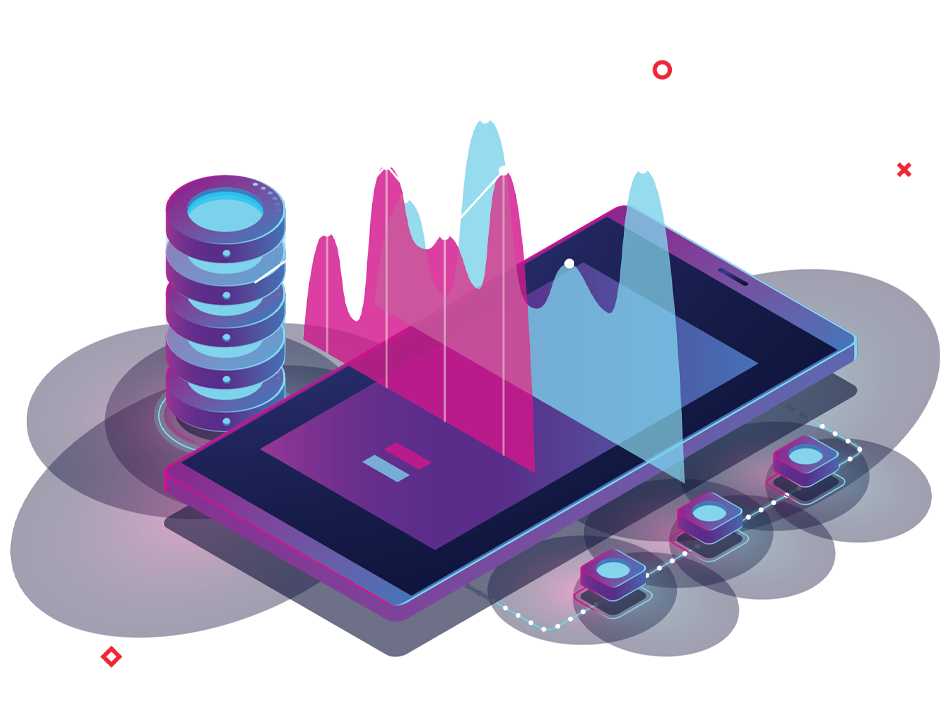Insurance API Integrations
Enabling mergers and syncing technologies lightning fast
Insurers are facing perhaps their most disruptive period in recent history. Increased customer demand and technology innovations have created a vast amount of data and applications that need to be processed, analyzed and shared across multiple systems. Now more than ever, insurers need an interconnected IT ecosystem – from core systems to the edge.

Aetna

Farm Bureau

Nationwide

Federated Insurance

Aflac

Assurant

Folksam

Auto Owners Insurance
Common Challenges
Lack of interoperability between your different systems leads to data silos and the inability to share important information – both in and outside your company.
This creates inefficiencies and delays in your claims process, resulting in frustrated customers and lost revenue. Disparate systems make tracking policy information and customer data difficult, leading to errors and compliance issues.
Integrating new technologies, systems, and partners into your existing ecosystem is critical, forcing you to invest in system modernization to stay competitive in the rapidly changing insurance landscape.
Mergers & Acquisitions
Regulatory Compliance
Mobile Claims Processing
360 Customer View
Insurance Product Portfolio Consolidation
Agent Locator
Telematics
Insurtechs and Digital Platforms
Key Solutions
Post-merger disparate systems integration
Integrate IVR with core systems for improved customer service
Robotic Process Automation solutions for expedited customer policy management
Post-merger disparate systems integration
Rapid Agent Locator development and deployment
Reduce calls to legacy systems with Intelligent Caching
No-code development of mobile interfaces in weeks rather than months
Core systems integration is critical to streamlining your business processes and operating most efficiently.
Adaptive Integration Fabric lets you connect your policy administration, claims processing, underwriting, and billing systems in real-time to gain better insights into your operations and make more informed business decisions.
Fabric helps you remain competitive in a rapidly changing industry, where agility and responsiveness are critical. Our clients have demonstrable success reducing operational costs, increasing efficiency, and improving their bottom line.

Frequently Asked Questions
Is this the same as an Enterprise Service Bus?
Fabric is not an ESB nor does it replace the functionality of an ESB; however, it extends and enhances it. Typically, ESB vendors have a mainframe connector, usually lacking in functionality, which can require significant programming; Fabric provides a no-code drag-and-drop interface for building simple to complex APIs (application programming interfaces) from any CICS or IMS programs or transactions as a REST or SOAP API. These APIs can be easily consumable by an ESB without the need for coding and includes requests for data or utilizing the 3270 layers of an application.
What technology do you integrate with?
We integrate with several different technologies. And our solution allows you to create more integrations. We are not limited to any core system, as our solution can build new connectors easily. While we historically have integrated well with mainframe technologies, we also connect cloud-based systems.
We can do all of this by ourselves, why do we need you?
With time and money, anything is possible. Our customers contract with us to decrease time to market and reduce risk. Our software allows companies to move faster by reusing programs and simplifying the building of complex API solutions. We reduce risk because the visual design of our programs makes it easy to troubleshoot programs and modify them in the future.
We are in the process of shutting down our mainframe, why do we need Adaptigent?
We talk to a lot of customers doing the same thing and can help you dramatically reduce the risk. We see common strategies that involve buying a package, using a code conversation tool, or even re-writing the code entirely; our toolset lets you stage a full or partial migration for all of these approaches. It allows you to migrate at your speed vs. all at once while providing cost savings during the migration process by reducing MIPS. No partial migration is effective without a solution that does both inbound and outbound APIs; we've got you covered here as well.
Do you support SOAP or REST APIs?
We support both SOAP and REST calls and can consume other pre-built API’s such as SAP, Salesforce, and others.
Leading Insurer Automates Key Processes
The insurer, with $1.6 billionin premiums, experienced significant benefits in several areas by choosing Adaptigent’s Adaptive Integration Fabric.
Client
Leading North American Insurer
Challenge
Needed to provide applications to streamline business processes for employees and customers
Solution
Adaptigent’s Adaptive Integration Fabric
